The 5 Best Bottles for Breastfed Babies of 2023
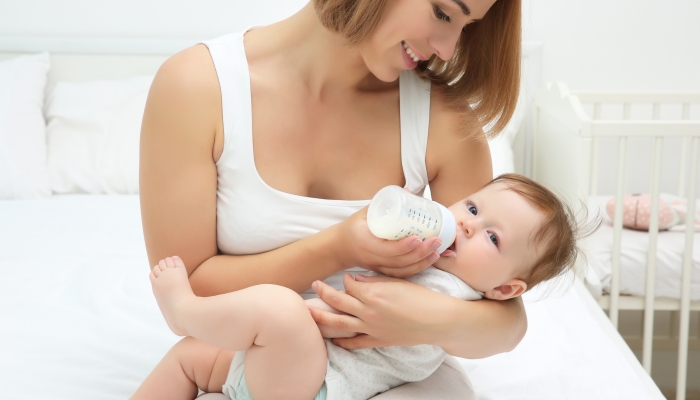
This post may contain affiliate links; please see our terms of use for details.
- Some bottles are better than others for babies used to the breast.
- Brushes, a drying rack, and a warmer are accessories to consider.
- There are various reasons parents may decide to introduce a bottle.
- Nipple type, bottle design, and overall use can help determine the best baby bottles for your baby.
I remember breastfeeding my first child like it was yesterday. There was an obvious sense of accomplishment and bonding, but I’d be lying if I said it was an easy journey. There’s nothing quite like some sore nipples and raging hormones that can drag the feeding experience downhill really fast.
At the time, the thought of using bottles felt like cheating—almost like I was giving up. One night in the middle of a difficult feed, though, my husband took action, grabbed a bottle, and began feeding my little one. There was instant silence, and with it, instant relief for me. Needless to say, I quickly became a fan of bottles and shared feedings.
Maybe you’re like I was and just need a break in the midst of new motherhood. Maybe you’ve got to get back to work and are researching bottle-feeding. Whatever your reasoning, look no further than the list below to find the best bottle for breastfed baby.
Our Choice: Comotomo Baby Bottle
- Seamless Transition- Designed to mimic breastfeeding, helping babies easily transition from breast to bottle (and back)!
- Designed to Latch – Truly wide mound with breast-like design.
- Easy to Clean – Wide neck design making it the easiest baby bottle you’ll wash. Ever.
- Anti-Colic Vents – Smart, non-leaking vents for consistent milk flow that help to prevent colic, gas, and spit-up.
|
|
The Comotomo Baby Bottle is everything you need in a bottle for breastfed babies. It mimics the feel of breastfeeding through its easy latch nipple, which is crucial to your baby adjusting to a bottle. The feel of soft silicone furthers its natural feel as well. Its dual venting system also prevents unnecessary burping and gassiness.
If that wasn’t enough, Comotomo bottles have all the features that make for a user-friendly experience for parents. The wide-neck design makes the bottle incredibly easy to clean. You can also put these bottles directly into the microwave and dishwasher. Free of countless harmful chemicals, it’s made with your baby’s safety in mind.
Keep in mind, since this bottle is made of soft silicone, it does require a more delicate touch when feeding, so you don’t accidentally force milk out. These bottles also take some time to warm up compared to others. Neither of these are deal breakers, but they’re worth considering.
Material: Silicone | Bottle Nipple Type: Vented | Dishwasher Safe?: Yes
View on Amazon | View on Walmart.com | View on Target.com
Best for Alternating: Lansinoh Baby Bottles for Breastfeeding Babies
- SWITCH BETWEEN BREASTFEEDING & BOTTLE FEEDING – Lansinoh’s bottle nipples encourage your baby to use the same feeding patterns they learn while breastfeeding, taking the stress out of bottle feeding
- REDUCES NIPPLE CONFUSION – Lansinoh NaturalWave Nipple is clinically proven to reduce nipple confusion for breastfed babies and is part of newborn essentials must haves
- INNOVATIVE NIPPLE TECHNOLOGY – Lansinoh’s baby bottles feature our NaturalWave Nipple technology, designed with a wide, textured base and gentle slope making it easier for babies to latch
- MINIMIZES GAS-RELATED DISCOMFORT – The anti-colic Air Ventilation System is designed for your baby to release air from the nipple to help reduce symptoms such as gas and colic.
|
|
If you’re searching for a bottle that allows you to go from breast to bottle and back, look no further than the Lansinoh Baby Bottles for Breastfeeding Babies. Designed to make alternating easy, these bottles reduce nipple confusion with a 100% silicone nipple. The nipple has the perfect balance of firm and flexible, allowing babies to use their natural feeding actions.
Their lightweight design makes these easy to handle for feeds, and this set only includes four pieces per bottle, too; that means fewer pieces to keep track of and clean!
It’s worth noting that for some babies, even the slowest flow nipple on these bottles may be too fast. For babies new to the bottle it may take some getting used to. These bottles also don’t come with storage lids, which can be inconvenient for a bottle left unfinished.
Material: Plastic | Bottle Nipple Type: NaturalWave Nipple | Dishwasher Safe?: Yes
View on Amazon | View on Walmart.com | View on Target.com
Best for Pumping: Nanobebe Breastmilk Baby Bottle
No products found.
|
|
For the moms out there combining breastfeeding and pumping, the Nanobebe Breastmilk Baby Bottle makes the process seamless. Using their system, you can pump directly into these bottles then pop them in the fridge where they stack perfectly one on top of the other.
The breast-like shape also gives breastfed babies a familiar feel while offering plenty of angles to prompt your little one to hold the bottle themselves. The bottle shape also promotes evenly warmed breast milk, which is not only safe for your baby but also protects all those valuable nutrients held in your milk.
The main concern with these bottles is that unless they’re held straight down at the end of a feed, the last ounce or so gets trapped. They can also leak, but only if you don’t snap the base on correctly. You’ll want to take your time during assembly to prevent leaks during a feed.
Material: Polypropylene | Bottle Nipple Type: Vented | Dishwasher Safe?: Yes
View on Amazon | View on Walmart.com | View on Target.com
Best for Flow: Philips Avent Natural Baby Bottle
- Philips Avent Natural bottle supporting your baby’s natural drinking rhythm: baby controls the pace of the milk flow, just like breastfeeding
- Baby bottles designed with a unique opening and tip that only release milk when your baby actively drinks: when pausing to swallow and breathe, no milk flows
- Philips Avent baby bottles make it easy to combine breast and bottle feeding with a soft, wide breast-shaped nipple that mimics the shape and feel of a breast
- No-drip nipple design helps prevent lost milk from the tip, giving you peace of mind at home and on the go; the bottles come with slow flow nipples (Flow 2)
|
|
The Philips Avent Natural Baby Bottle undoubtedly takes the cake for best milk flow. Offering five different nipple sizes, you’ll find the perfect flow every time. These nipples also work on a natural response meaning milk will only flow when your baby is actually sucking. This imitates the natural flow they’re used to from breastfeeding.
The overall shape and feel of the nipple are made to mimic the breast as well, making the transition that much more smooth. You can also count on the tips of these bottles not to leak, even when they’re tilted downward.
Though the nipples are the highlight of these bottles, for some babies they can be a little too slow-flow. The measurement numbers on the sides of the bottles can also be difficult to read at times as they’re printed in a lighter gray color.
Material: 80% Plastic, 20% Silicone | Bottle Nipple Type: Vented – Flow 2 | Dishwasher Safe?: Yes
View on Amazon | View on Walmart.com | View on Target.com
Best for Anti-colic: Dr. Brown’s Natural Flow Baby Bottle
- ANTI-COLIC BABY BOTTLE. Anti-Colic internal vent system is clinically proven to reduce colic. Decreases spit-up, burping and gas.
- CONSISTENT FLOW RATE. Vacuum-free feeding is closest to breastfeeding and Dr. Brown’s silicone nipples provide a consistent flow so babies can feed at their own pace.
- PRESERVES NUTRIENTS. The anti-colic vent system is proven to help preserve bottle milk nutrients and aids in digestion for a better night’s sleep.
- BREASTFEEDING BOTTLE. The breast-like nipple shape encourages a proper latch for a more natural bottle feeding experience and eases the transition from breast to bottle and back again.
|
|
The Dr. Brown’s Natural Flow Baby Bottles are a proven winner when it comes to fighting colic. Its anti-colic vent system prevents the gas accumulation and air bubbles, as does the consistent flow rate that lets babies pace their eating. The breast-like nipples make it easy to go from breast to bottle and back, too, since they resemble the real thing.
Dr. Brown’s is also committed to protection, not just for your baby via their BPA-free products, but also to the environment. These bottles are sustainable, getting your baby through the milk phase of feeding. Best of all, they’re recyclable!
Still, you’ll need to consider how much cleaning you want to do with these anti-colic baby bottles. They come with a lot of pieces to clean and keep up with. They can also leak if the pieces aren’t put together just right.
Material: Plastic, Silicone | Bottle Nipple Type: Level 1 | Dishwasher Safe?: Yes
View on Amazon | View on Walmart.com | View on Target.com
Recommended Accessories
You don’t have to purchase all of the accessories below, but they sure do make your bottle-feeding experience much easier!
- Bottle brush: Don’t waste your time soaking bottles! Grab some bottle brushes to take care of those hard to reach spots or slim-neck bottles.
- Drying rack: Whether you hand wash them or throw them in the dishwasher, a drying rack helps ensure your bottles are fully dry and ready to use.
- Bottle warmer: Microwaving can be hit or miss. Bottle warmers help warm your baby’s milk safely and evenly.
Introducing Bottle to a Breastfed Baby
There are a few common reasons moms may need to bottle feed a baby that was once exclusively breastfed. One reason is when babies aren’t gaining enough weight. The bottle helps parents keep track of their intake and also allows them to supplement formula. Another is when mom may need to take medication that will infiltrate her milk.
Those major reasons aside, parents may choose to introduce a bottle for reasons less pressing, though just as valid. Some of these include the ability for both parents to feed, ease of tracking milk intake, and more flexibility in mom’s diet. These reasons bring up one of the biggest questions about bottle-feeding a breastfed baby.
That question is, when can you introduce the bottle? Some people recommend a certain age, usually after four weeks old. While that is a helpful guideline, the main rule of thumb is to make the introduction after your baby has fully taken to the breast with no issues.
As for how you can go about introducing a bottle to a breastfed baby, there are a handful of tried and true methods.
Start by pacing their feeding with a slow-flow nipple, switching sides to mimic switching breasts. Some parents try letting anyone but the mother feed them their first bottle. This may help reduce some confusion while also separating them from the smell of the mother’s breast milk.
Others try introducing a bottle after the baby has already been fed. If a baby is too hungry, the bottle might just frustrate them. Alternatively, some try introducing the bottle at the beginning of a feed when they know their little one is extra hungry. The hunger alone may have them looking past the newness of a bottle nipple and simply feeding.
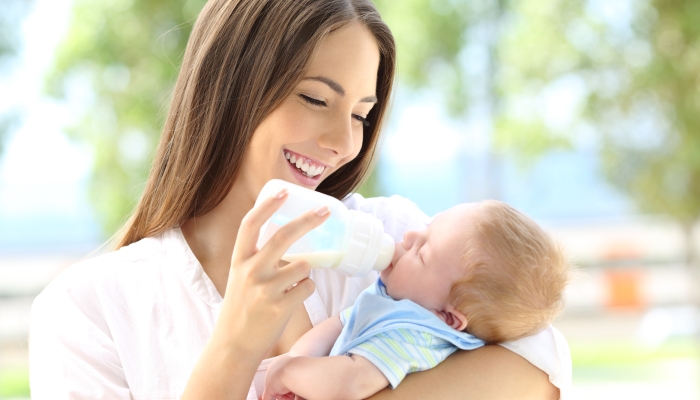
Choosing the Best Bottle for Your Breastfed Baby
When you’re choosing the right bottle for your breastfed baby, consider the elements below to make a purchase that’ll be most successful.
- Nipple design: Look for features that resemble the feel and shape your baby will be familiar with. You want something soft and flexible.
- Nipple flow: It’s best to choose a bottle that offers several nipple flow options so your baby can adjust their feeding as they grow.
- Bottle design: Certain bottles are easier to handle while baby feeds. Choose a design that works for both parents and tiny hands too.
- Overall use: What’s your end goal? To protect against colic, alternate between bottle and breast, or maybe pump directly into a bottle?
FAQs
How many baby bottles do you need to buy?
There’s no set number of bottles you need to buy, but keep in mind that a newborn can feed up to 14 times a day. With all the demands of a new baby, the last thing you want to do is wash bottles all day. Ten bottles is likely a good place to start. As they grow older and feeds become fewer, you won’t need as many clean ones on hand.
Are glass baby bottles better than plastic ones?
Glass bottles do come with a few advantages. They’re made without chemicals, while plastic bottles present the risk of chemical leakage into the milk. They’re also easier to clean and more durable, while plastic bottles can warp and scratch, also leaving behind films. Glass bottles definitely aren’t as common but they’re worth looking into.
How often should you sterilize baby bottles?
It’s recommended to sterilize baby bottles once a day until your baby is three months old. After that, their immunity should be built up enough to drastically lower the risk of illness. Remember, sterilizing is not the same as simply cleaning a bottle. Sterilization kills all the microorganisms on the bottles, whereas cleaning simply removes surface dirt.
Are wide-neck bottles better for newborns than regular ones?
There’s nothing that says that wide-neck bottles are better for newborns than more slim necked ones, but that may be the case for breastfed babies. Since they’re used to the feel of breastfeeding, breastfed babies may transition to a wide-necked bottle more easily. The shape and larger nipple coverage mimic what the baby’s mouth is already used to.
Is it good to breastfeed and bottle feed at the same time?
It’s totally fine to breastfeed and bottle feed at the same time. As previously mentioned, there are plenty of valid reasons you might choose to feed this way. Working moms may need to provide bottles to caregivers, calories may need supplementing, or it may just be a matter of convenience. Whatever the reason, you can alternate as you like.
What is nipple confusion?
Nipple confusion occurs when a baby has a hard time switching between the breast and bottle due to a difference in eating technique. Even the best slow-flow nipple requires a different sucking technique than that of the breast. Babies can then become confused and even frustrated when alternating between bottle-feeding and breastfeeding.
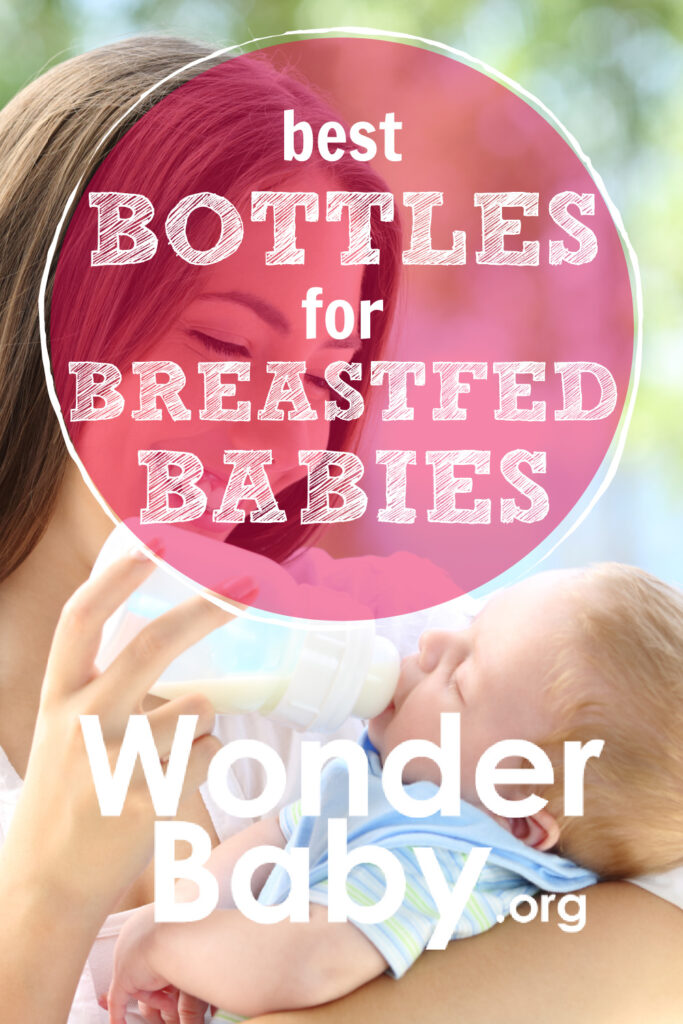
Related Posts
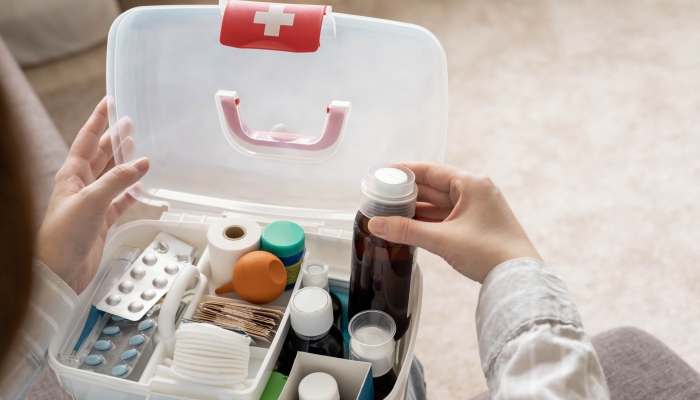
Product Reviews
4 Best Infant First Aid Kits
Having a high-quality and well-stocked infant first aid kit can give you peace of mind and confidence in your ability to care for your kids at home.
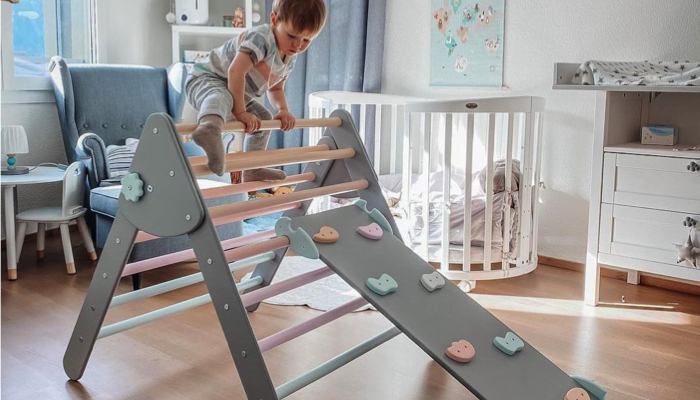
Product Reviews
9 Best Toys to Keep Kids Active
Looking for active toys to keep your kids moving? Have kids who never seem to burn off their energy? Read our guide to our favorite active play toys.
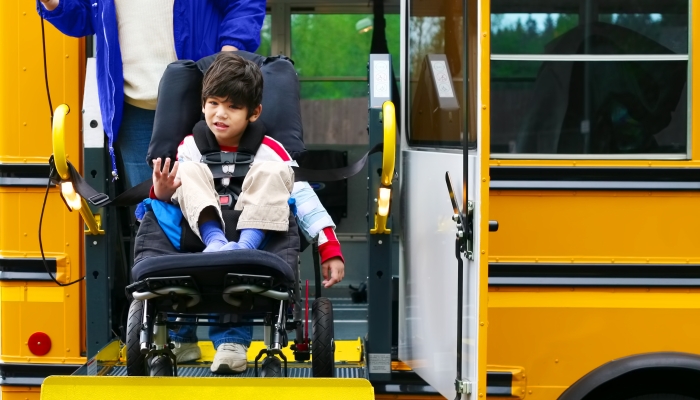
Product Reviews
The 5 Best Adaptive Strollers for Special Needs of 2024
The best adaptive strollers are designed to accommodate individuals with special needs, disabilities, or mobility challenges. Find our favorites here!



